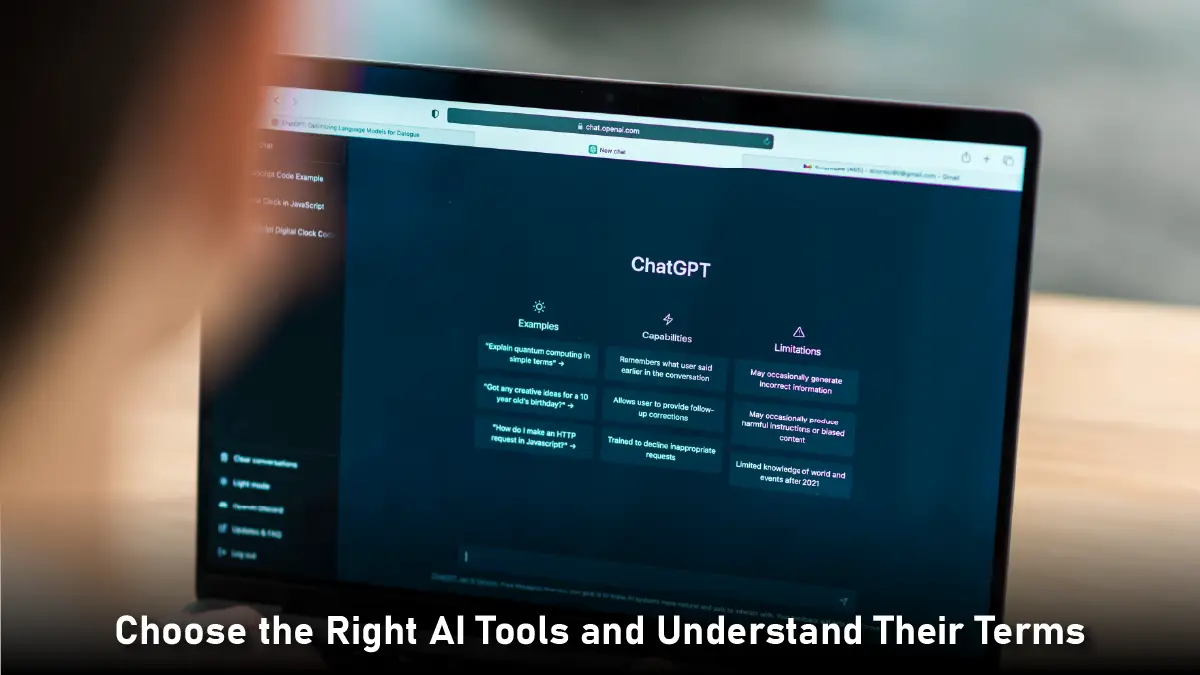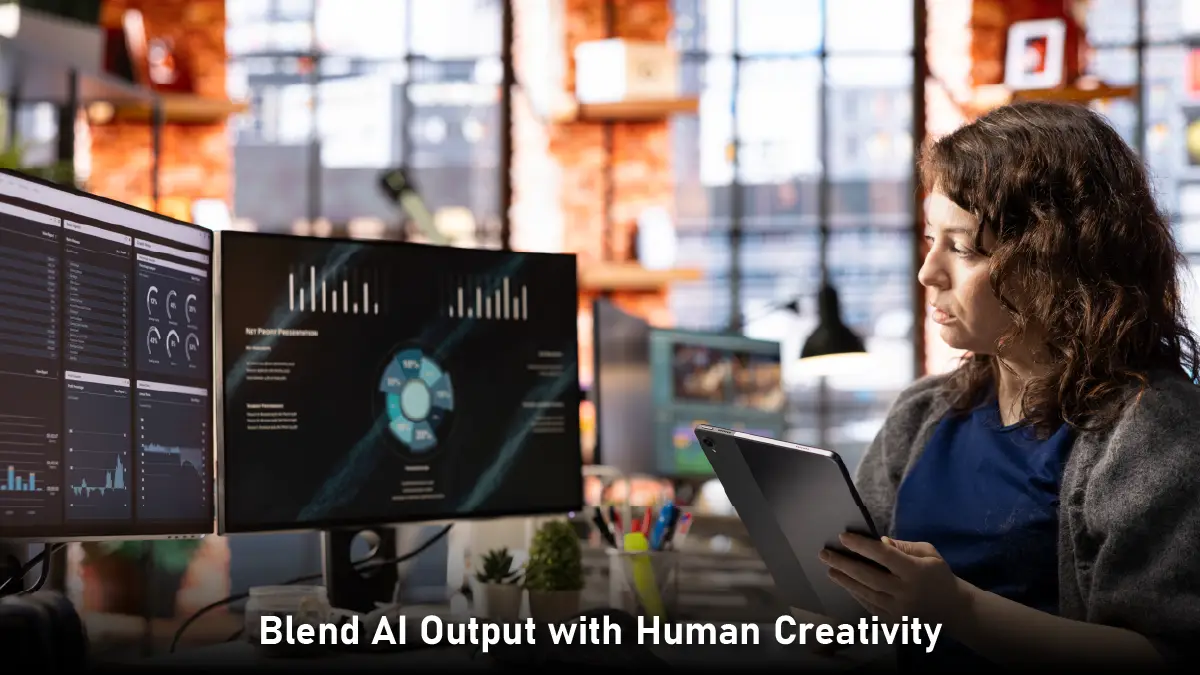AI is changing how we create, share, and sell content. So, a key question arises: Who owns content made by AI? Artists now use generative models to create digital art. Businesses automate their content marketing, too. So, understanding copyright rules for AI-made content is essential.
This article explores the best ways to copyright AI-generated works. It provides clear tips for creators, business owners, and legal experts. This guide is for tech-savvy creators and companies using AI for content. It will help you stay compliant, protect your assets, and make smart choices.
Why Copyright Matters in the Age of AI
Copyright protects creators, granting them exclusive rights to their original works. In traditional content, authorship is clear, and so are the rights attached. However, enter the world of AI, where models like GPT-4, Midjourney, and DALL·E whip up a feast of content. They create many things, from blog posts full of ideas to eye-catching illustrations.
The Core Challenge: AI Can’t Hold Copyright
One key point echoed across global jurisdictions is that AI systems themselves cannot be considered authors. For example:
- In the U.S., the Copyright Office says only humans can create copyrightable works.
- In the UK and some Commonwealth countries, copyright law covers computer-generated works. However, the ‘author’ is the person who arranged for the creation.
- The EU hasn’t agreed on a single stance yet. However, it usually believes that human creativity is needed for copyright eligibility.
Let’s look at the best ways to secure and manage rights in AI content creation.
1. Understand the Role of Human Input
Human creativity remains the cornerstone of copyright eligibility. Even when using AI tools, the extent of your involvement can determine whether your work qualifies for protection.
Best Practice: Document Your Creative Input
Keep a clear record of how you guided the AI:
- Prompts used to generate the content.
- Edits and refinements you made to the output.
- Creative choices or context you provided.
Example: If you use an AI image generator to design a book cover, but you select the style, color palette, and final layout, your human contribution could establish the grounds for copyright in some jurisdictions.
2. Choose the Right AI Tools and Understand Their Terms

Not all AI tools grant you ownership of the generated content. The licensing terms associated with platforms like ChatGPT, Jasper, or DALL·E vary widely.
Best Practice: Read and Understand Usage Rights
Before integrating any AI tool into your workflow, ensure you:
- Review the platform’s terms of service.
- Understand who owns the output; some tools claim partial or full rights.
- Confirm if the tool allows commercial use of the generated content.
Tip: Platforms like OpenAI currently allow users to commercialize outputs, but that could change. Always archive current terms and get clarification if needed.
3. Blend AI Output with Human Creativity

To increase your claim to copyright and improve originality, combine AI-generated elements with your unique style, tone, and editing.
Best Practice: Enhance, Remix, or Recontextualize
Rather than publishing AI content as-is, add:
- Your personal anecdotes or professional insights.
- Data analysis or case studies.
- Custom illustrations or formatting.
Statistic: A 2024 McKinsey survey revealed that 78% of organizations use AI in at least one business function, highlighting the integration of AI across industries.
Also Read: Best Multilingual SEO Strategy for International Websites
4. Keep a Clear Trail of Authorship
When working with teams or freelancers using AI, clarity around authorship and copyright ownership is crucial.
Best Practice: Use Contracts That Define Rights
Incorporate clauses that specify:
- Who owns the final output.
- Whether AI tools were used.
- Attribution expectations or confidentiality agreements.
Example Clause: “The Contractor affirms that any AI-generated material provided is original, has been created using legally licensed tools, and is transferred with full rights to the Client upon final payment.”
5. Stay Informed on Legal Developments
Even if your content is partially AI-generated, you may still be eligible to register it with a copyright office if it contains substantial human contribution.
Best Practice: Be Transparent in Registration
When applying, disclose the nature of the content and the AI’s role. The U.S. Copyright Office now requires such disclosures and may limit protection to the human-created portions.
Example: If you used AI to generate a poem but edited the structure, tone, and pacing yourself, you can apply for copyright with annotations describing your editorial input.
6. Stay Updated with Evolving Laws and Guidelines
AI and copyright law are evolving quickly. New court rulings, policies, and legislative reforms are emerging globally.
Best Practice: Follow Legal Trends and Consult Experts
Dive into the digital realm: subscribe to legal blogs and attend vibrant webinars. Consult with savvy IP attorneys who specialize in the bustling worlds of tech and media law.
Notable Case: In 2023, thirteen new copyright-related lawsuits were filed against AI companies, underscoring the legal complexities in AI content creation.
7. Beware the Infringement Minefield
AI models feast on massive datasets, some of which may harbor copyrighted gems. Thus, your AI-generated content could unwittingly echo or replicate protected works.
Best Practice: Rely on Trustworthy AI Sources and Conduct Plagiarism Scrutiny
- Partner with reputable AI providers that boast transparent training data policies.
- Equip yourself with plagiarism detection tools like Copyscape or Turnitin.
- Steer clear of prompts that mimic existing works, brands, or celebrities.
Insight: A wave of lawsuits is coming against AI companies. They are accused of using copyrighted data without permission. This could pose risks for users later on.
8. Explore Alternative Safeguards, Such as Trademarks and Contracts
If copyright doesn’t cover your AI-generated work fully, explore alternative legal protections.
Best Practice: Leverage Trademarks, NDAs, and Licensing
- Trademark unique product names, logos, or slogans—even if AI-assisted.
- Use non-disclosure agreements when sharing proprietary prompts or models.
- Offer your AI content under custom licenses to control reuse.
Example: If you build an AI-generated brand mascot, you might not copyright the image but can trademark the character’s name and personality.
Final Thoughts: Embracing AI with Legal Savvy
AI opens exciting creative frontiers; but it also requires responsible stewardship. Knowing and using copyright best practices helps creators and businesses feel confident. They can innovate while respecting legal limits and others’ rights.
Stay proactive and informed as regulators adapt to technology. This will give you a competitive edge. Whether you’re a solo creator or a company, focus on creativity, compliance, and clarity. These are key for lasting success.


Comments are closed.